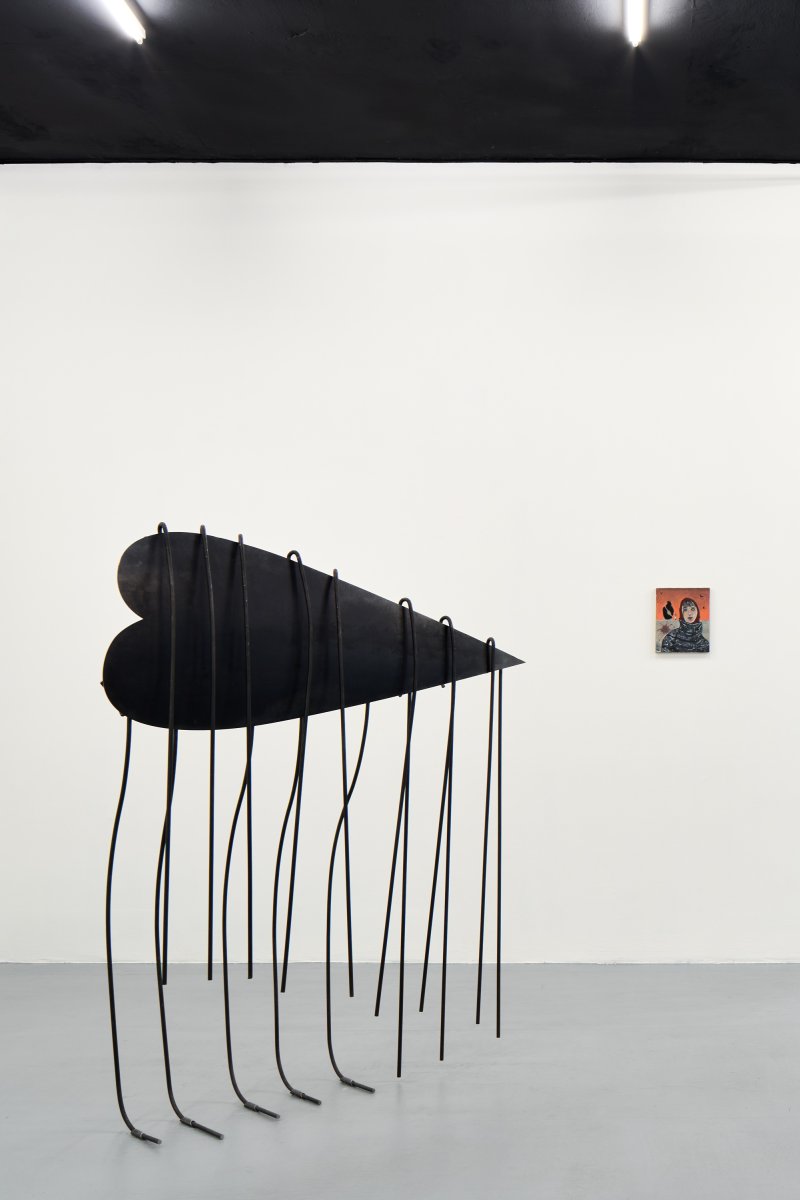This Is Not a Memoir
Artists: Bystrík Klčo, Masha Kovtun, Kaja Lahoda Juhl, Matyáš Maláč, Tamara Pauknerová, Tadeáš Podracký, Šimon Sýkora, Stanislav Zábrodský
October 1, 2024 — November 9, 2024
Polansky Gallery, Prague, Czechia
– photo report on OFLUXO
– photo report Tired Mass
– photo report on yyyymmdd
– photo report on Collector’s Agenda
Memory is not a continuous, linear story. It is a series of disparate polyphonic fragments that overlap, disappear and re-emerge. Memory fails, distorts, and sometimes completely betrays. Personal identity is fundamentally shaped by this process - it is constantly changing, it is incomplete, and often borders on fiction. Why do we sometimes fail to remember certain events, places and objects? Social anthropologist Paul Connerton, best known for his work on social and bodily memory, links the concept of 'forgetting' to stability - he argues that modern society and its speed affects our ability to remember things. But he also says that through bodily practices, collective and individual memories are maintained, making the body central to personal and social identity.





The group exhibition This Is Not a Memoir explores the body not only as a physical object, but as an archive of memories and experiences. It reflects on what it can mean to try to "capture" a personal history, what the form of a memoir is and what its limits are. Memoir writers often play with their recollections to find a story that can be trusted, but what if what remains is only an idea of the self - an alter ego, a persona that is meant to be convincing above all else, and may not be entirely true? The title, inspired by a paradoxical statement, challenges the traditional notion of recording experience as a clear and true narrative that documents the past. Instead, it looks at memory and identity as something much more fragile, unstable and often unreliable, existing in the shadow of the intertwining of fact and fiction, both personal and collective.



The theory of embodied memory confirms the above. It shows that the body is itself a memoir, tangible and direct. It carries memories in a distinctive manner of walking, inherited and learned gestures, the ability to remember a password by typing it on a keyboard (even though one may not be able to pronounce it verbally), or in somatic experiences associated with (transgenerational) traumas. These often have their own distortions that suit social or family narratives. This memoir, however, has no clear structure or fixed form - it is a collage of disconnected experiences, intertwined with non-human bodies, natural cycles, technologies, and the climate and culture in which it takes place. The memoir here does not take place in isolation, but in relation to the things, places and beings that surround us - forming a web of our experiences. This shows that identity develops not only through the past, but also through the present and through relationships with other beings and things. The exploration of corporeality and memory is thus reflected in the exhibition in various forms - from the explicit depiction of the physical form of the human body to the more subtle perception of non-human forms as a means of transformation and surpassing human temporality.



What's missing from the story? What will never be captured? Is the memoir merely a fold of time, a melancholic effort to capture what has long since become the past? And what meaning does the body have when we consider what it remembers, what it expresses, and what it deliberately forgets? This Is Not a Memoir is about the fleeting nature of remembering, the limits of narrative, and the search for self in a time that is increasingly disintegrating.



